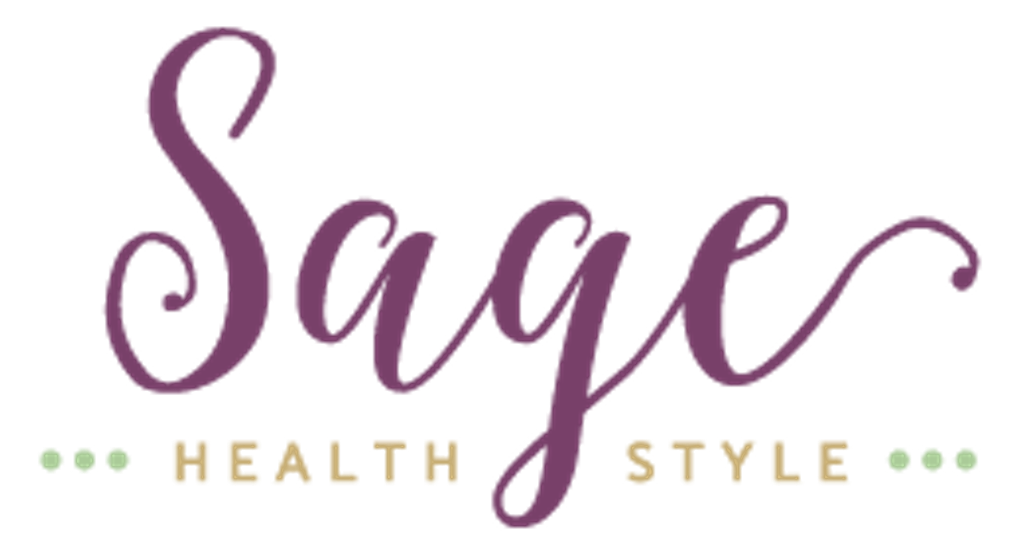How to Decipher Food Labels
All-Natural! Fresh! Gluten-Free! Non-GMO! How often do we walk down the aisles of a grocery store or look at a restaurant menu and see buzz words splashed on food labels everywhere? And how often do those words influence our choices when it comes to buying our groceries or picking a “better” choice when dining out?
Everywhere you look these days, labels and food packaging are toting at least one trendy buzz word. But the problem with these buzz words is, what’s real? What do they mean? What really matters and what’s just bullshit? Where is the line when it comes to food labelling and where should it be drawn?
Consumer Reports released a story in January 2016 that stated more than 60% of the American population buys products labeled as “natural” because they believe they are buying products with no artificial colors or ingredients, no GMOs, no pesticides, or antibiotics in meat. The reality is, “natural” doesn’t mean any of that and there are no specific rules or guidelines needed when using such a claim. With such large gray areas, the onus is on marketers to make responsible ethical choices when it comes to food labels.
Let’s break down some of the common words we see every day, and decipher which phrases actually hold some weight and which are just the work of crafty marketers.
All-Natural/Natural: As previously stated, “natural” and “all-natural” are not regulated in any way by the FDA. Any food, including those with artificial colors, chemical sweeteners, preservatives, and GMOs can use the claim of “all-natural” or “natural.”
Organic: Foods that are certified organic can still contain GMOs, they can also still be grown in polluted environments, and can be contaminated with heavy metals such as lead, arsenic, mercury and aluminum. If a product has a USDA label that says organic, 95% or more of the ingredients must have been grown or processed without synthetic fertilizers or pesticides (among other standards). A label that says made with organic ingredients must have a minimum of 70% all ingredients that meet the standard. Keep in mind that organic does not mean “healthy”. Organic products can still be high in sugar, carbohydrates and fats.
Healthy: You might think that any food minimally processed from the plant, tree, animal, bird, or fish would qualify. But “healthy” is a marketing term for processed food products (not foods). There is no real claim to the term healthy on any packaging, as it’s not yet defined or certified.
Fresh: This implies that the product is unprocessed, is in its raw form and has never been frozen. It can also be used when referring to local produce because it is close to the proximity of where it was harvested.
Non-GMO: A product labeled as Non-GMO does not mean that it is organic; it can still be grown and treated with chemical pesticides. Additionally, if it is not labeled as “certified non-GMO”, the claim is not backed up with any real evidence that it is actually non-GMO; therefore, anyone can use this claim on their packaging.
No Sugar/No Added Sugar/Sugar-Free: No sugar or no added sugar does not mean sugar-free. There are numerous products and foods that contain natural sugar such as fruit, milk, vegetables and cereals. And “no sugar added” products still may contain added ingredients like maltodextrin, a carbohydrate. Carbohydrates—which can be simple sugars or more complex starches—raise blood sugar, and “no sugar added” doesn’t mean a product is calorie- or carbohydrate-free. Conversely, sugar-free does not mean it’s healthier; usually, these products contain artificial sweeteners and sugar alcohols which may cause diarrhea if too much is consumed. How’s that for bullshit?
Whole Wheat/Multigrain/Whole Grains: The key word here is “whole”. If a package includes this, you also need to ensure that the ingredient lists states whole. Whole wheat means it comes from the entire wheat kernel. Whole grain means it comes from any whole grain kernel. Multigrain means the food contains more than one grain, but it does not necessarily mean it contains the whole grain (the bran, germ and endosperm). Read the labels carefully to decipher what the actual ingredients are.
Free-Range/Cage-Free/Farm-Raised: The US Department of Agriculture does not define the words “free range,” there are no requirements for the amount, duration, and quality of outdoor access. Free-range just means they need to have “access” to outdoors, but there’s no guarantee that they ever actually get to see the outdoors. Cage-free usually refers to chickens being allowed enough room to stretch their wings. Farm-raised is a fluff phrase; it’s not telling the consumer much, except that you then assume the animal is raised on a small, family-owned farm. In order to prove that any of these phrases have any substance, you need to do your research on the farm where the products come from.
Gluten-Free: Unless the product is grain-based, there is no need for it be labeled gluten-free; however, it’s being used on more and more products these days. Gluten-free products are often corn-based, which means they are more likely to contain GMOs. It’s great that there are more and more products on the market that are meeting the guidelines for gluten-free, but unless you have a gluten intolerance, there is no health benefit to cutting gluten out of your diet.
Omega-3: While Omega-3 fatty acids are good for you, there are products out there that will use flax seeds to add that label to their packaging. It’s best to stick to fish and seaweed products to get the best source of Omega-3.
As a consumer, there’s a lot of bullshit to sift through at the grocery store. It might require doing some research to reveal the truth about food labels. Use this guide as a starting point for creating—and choosing—food labels that speak the truth.
Check out the original post by Amanda on KC Truth.

